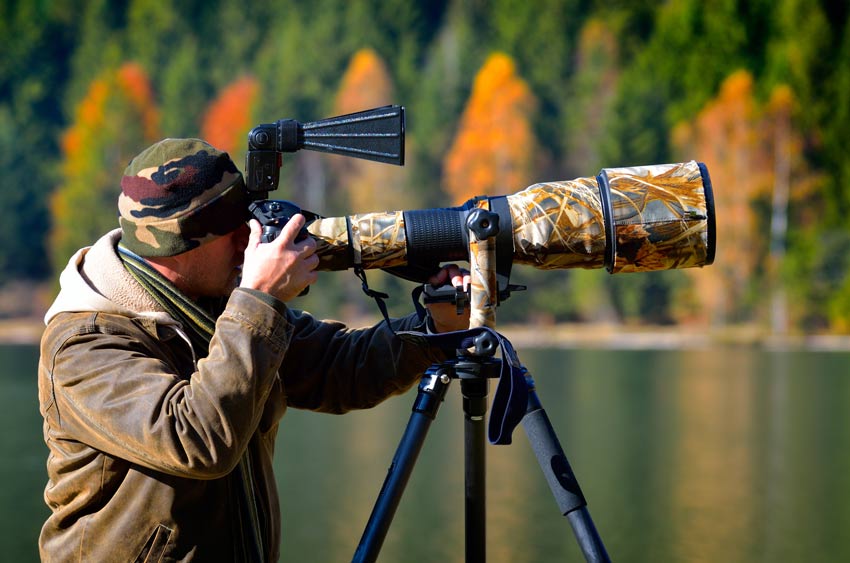This article will cover many of the basic concepts that define the field of photography ethics. Learn what it means for a photographer to be ethical and why it’s important to follow certain moral and ethical standards in order to avoid harm to yourself, your clients, or your audience. This guide covers everything you need to learn to become a successful professional, from informed consent to ethical photography.
Many photographers attempt to avoid this problem by using software. It is a straightforward and simple solution, but only sometimes feasible. Sometimes images require additional work in order to look presentable. Even the smallest changes can have a huge impact in the right context.
As a photographer, you should strive to present your images in an honest way. Give context to any changes you may make to your images. Explain why these edits were needed.
This will improve the quality of your photos. This will preserve not only your dignity but that of the subjects and audience as well!
Authenticity and AI
A new set of ethical principles has been created by the advent of large-scale language models. We don’t just need to consider those who deliberately sabotage their own work or misrepresent it.
AI Photography, which generates authentic-looking photos without the use of a camera and lens, is also a growing concern.
The images that result are often composites of actual photographs, as large language models build their databases using existing work. This can be so obvious that journalists and artists may even recognize their portfolios within the AI-generated results!
AI photography ethics is also a major concern in fields such as journalism, where authenticity and accuracy are key. The current generation of technology has made it possible to create ‘pictures,’ which are completely fictitious. The use of large language models has also made it easier to misrepresent real-life characters and place them in misleading contexts.
As a photographer who is ethical, you should try to avoid using such methods.
Candid Street Photographer Ethics: A gray area of consent?
Since the time of Henri Cartier Bresson, candid has been a highly admired and sought-after genre. Not only as a style but also as an artistic form of photography. This is a field that’s rich with conventions, just like any other. But it can also be fraught with ethical dilemmas.
Candid street photography is based on the idea that you should capture everyday moments as incognito as possible and remove the photographer as much as you can from the picture. This makes it far too easy to take pictures without permission.
Some candid street photographers believe that asking for permission to photograph their subject goes against the nature of the genre, which is the photographer as a passive observer. Although this is a valid point, you shouldn’t sacrifice your ethics for artistic expression if it may harm others. If it will affect the quality of your images, you can try to get consent before taking a shot.
Your subject may be offended and show immediate rejection if you document their private moments without first asking permission. It is possible to do so in a way that is honest.
Be sure to explain how you intend to use the photos featuring them. Don’t forget to place the photos in the correct context by explaining how the candid nature of the images was created. You will find understanding if you have the right attitude and the right circumstances.
How to Capture Private Moments As A Street Photographer
Working as a street photojournalist reveals more than any other profession how photography can invade others’ privacy.
Street photography is a creative and exciting way to capture strangers. It is a unique experience to be able to get so close and intimately involved in the life of someone else, even if it’s not staged. This is where the moral dilemma lies.
It is a fact that the majority of people who are suitable for street photography will not consent to having their photo taken if approached beforehand and told of the intentions of the photographer. Even in rare cases, people behave differently when they are aware that they’re being photographed. Sometimes the picture you want is not possible with full and honest communication.
The Ethical Conflict: Resolving it
You need to ask yourself some questions in order to solve this ethical dilemma. Do you feel prepared to take on the responsibility of photographing people who may not be fully consenting to your work and accept that as part of your ethical responsibilities? All photographers have to deal with conflicts, but street photography can be particularly messy.
Accept your photos could be withdrawn from publication if there are conflicts about privacy or consent. Street photography is a place where such conflicts are common. It is important to be able to handle these types of conflicts with people that you photograph.
It is also important that street photographers respect the dignity of others and acknowledge that their photos are as much yours as they are theirs. You cannot use private moments for your sole benefit without asking others.



